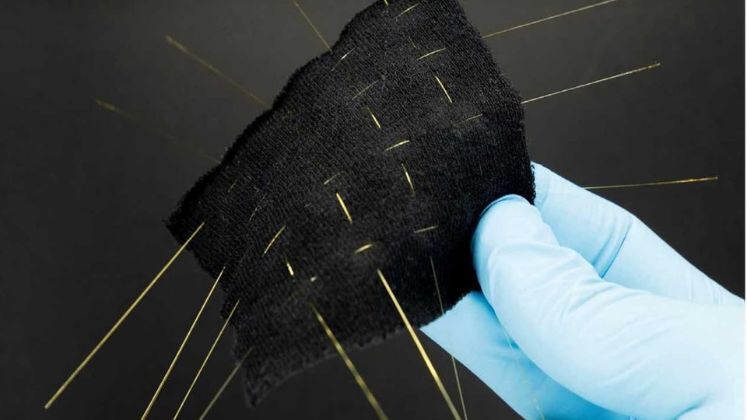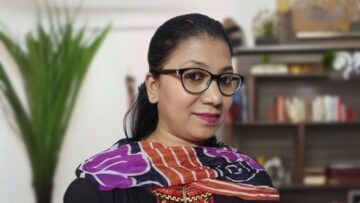
ETH Zurich researchers have made a significant leap in the world of wearables with SonoTextiles: a smart textile that uses acoustic waves instead of electronics to obtain incredibly accurate measurements of touch, pressure, and body movements. Professor Daniel Ahmed is at the forefront of this work. His lab has integrated glass fibers (multi-channel ultrasonic transducers) in textiles that use ultrasonic signals to transmit and receive very subtle body movements.
Unlike conventional electronic-based smart textiles, this acoustic methodology offers many benefits including more accurate measurements, lighter, breathable fabric, low power consumption, and low maintenance dispositions. Each glass fiber measures its own ultrasonic frequency (approximately 100 kHz, which is beyond our hearing range), allowing each sensor to be tracked without burdening the computational resources, which has been a persistent problem for existing smart textile systems.
The applications for the technology are countless, from T-shirts that monitor breathing, gloves that interpret sign language, to wearables that provide variable feedback for an athlete in real-time. Future scenarios could even include use of the technology in assistive tech, such as clothing that improves posturing, or informs a wheelchair user when it’s time to shift positions to prevent the onset of pressure ulcers.
Although SonoTextiles has shown potential in the lab, difficulties still exist for actual day-to-day daily use. The researchers have begun to explore using metal fibers as an alternative to glass for durability, with the goal of full and seamless integration into daily clothing.
With further development, SonoTextiles will transform everything from health care, rehabilitation and sports to virtual reality and beyond, in the new era of intuitive, responsive, smart wearables.






